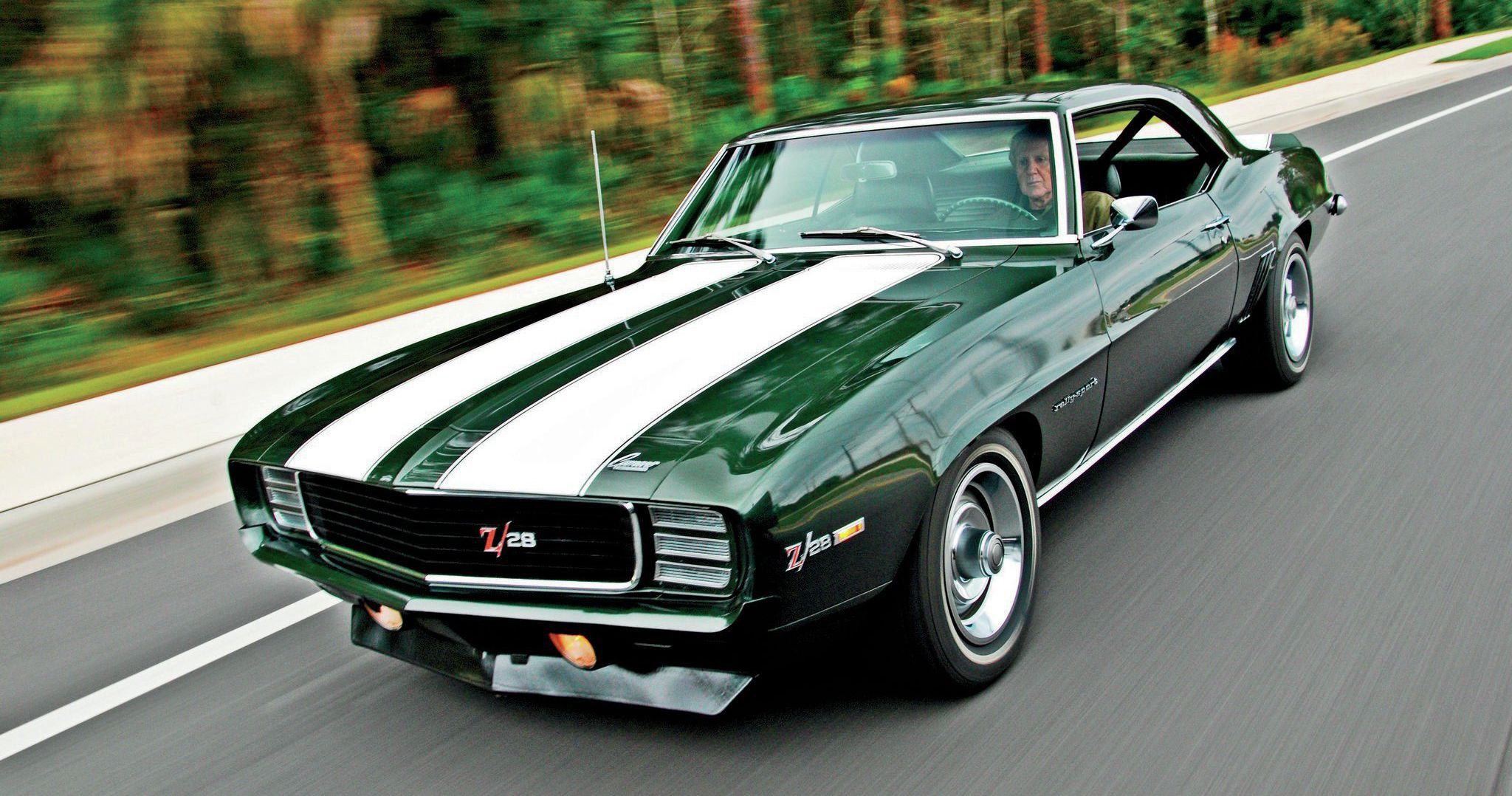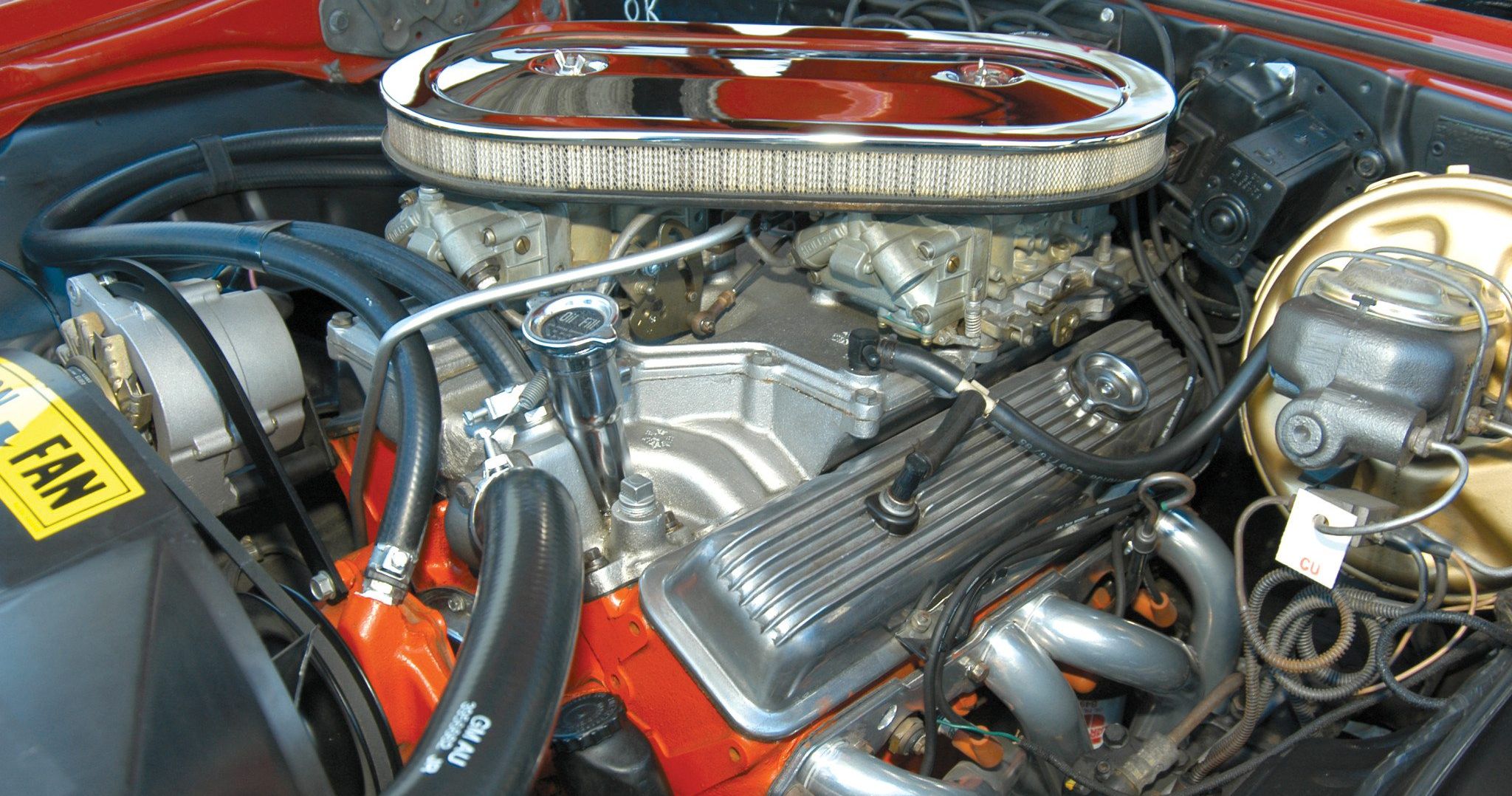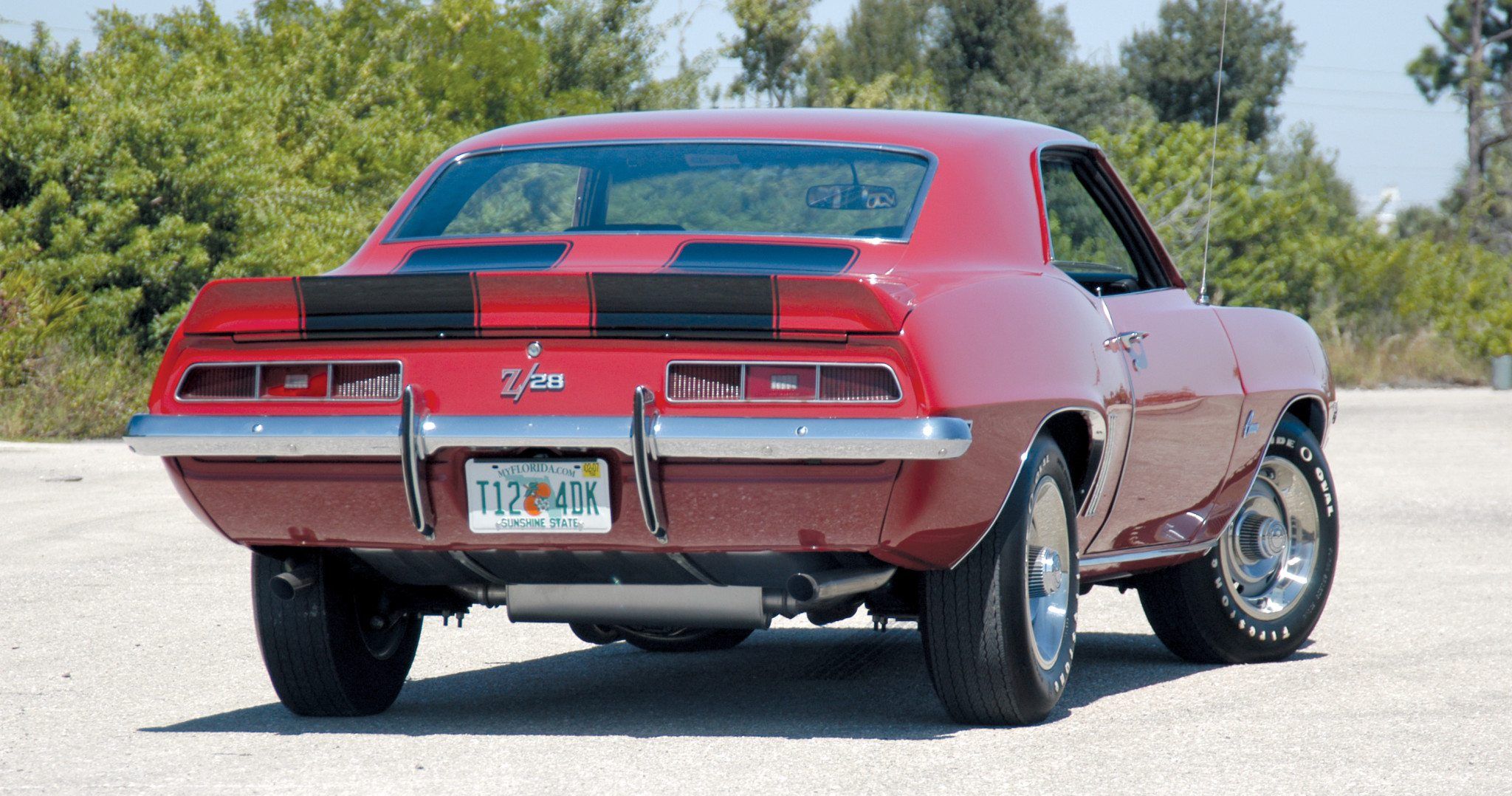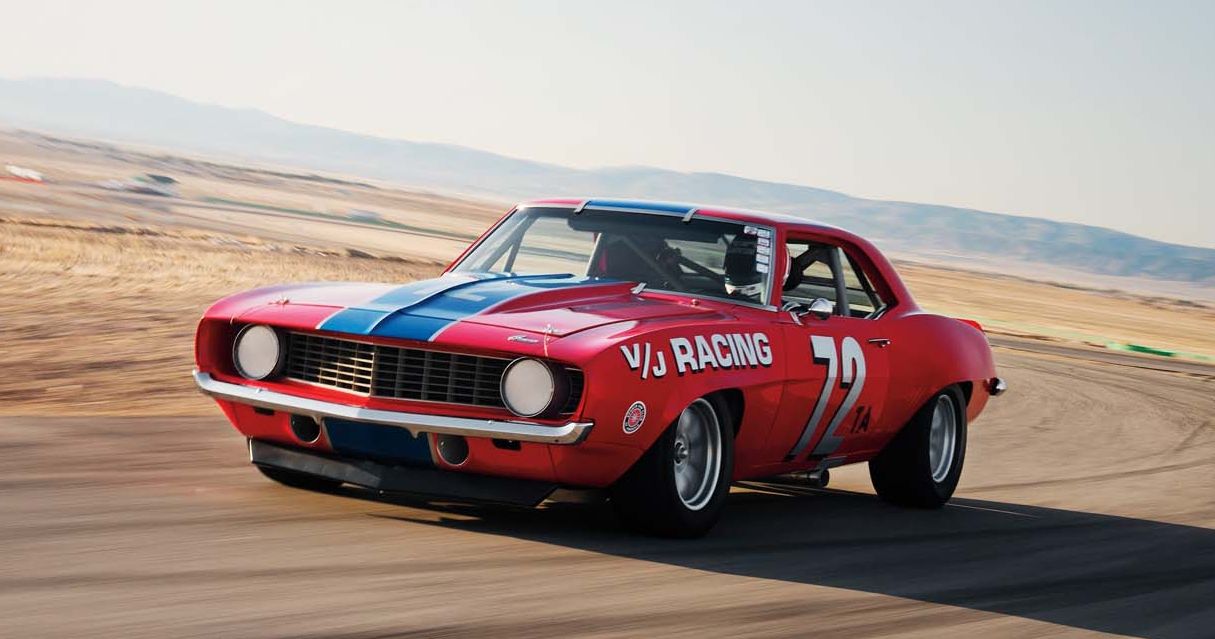The "Golden Age of Muscle Cars" witnessed some of the most powerful cars Detroit ever produced wrapped in aggressively crafted designs with mammoth engines under the hood. The pony car segment in particular, starting with the Plymouth Barracuda and the Ford Mustang, however, really carved out the niche, and were known for their smart 2-door coupe styling, nimble handling, lengthy performance options and affordable price.
Other car companies got in the mix too with Dodge producing the Challenger, Mercury reskinning the Mustang and turning it into the more upscale Cougar, and Pontiac cranking out the Firebird and Trans Am. Not to be outdone, Chevrolet began manufacturing the Camaro in 1967, a couple years after the introduction of the Mustang, with much success. It had all the style and muscularity of the high end Mustang versions with a lengthy list of performance options from the GM parts bin.
And sitting at the top of the Camaro lineup, and all the more necessary for homologation in Trans Am racing, stood the 1969 Chevy Camaro Z/28 with the legendary DZ302 engine. That's right, Ford's BOSS 302 wasn't the only 5 liter in town and was just as potent.
Let's check out this rare and somewhat misunderstood racing special made for the street and why it's such an important car.
The DZ302 Engine
Winning races was always a popular formula for moving units on the showroom floor. As the saying used to go, "Win on Sunday, Sell On Monday!" Chevrolet's High Performance guru, Vince Piggins, recognized this immediately and set out to homologate an engine for Chevy's Trans Am racing program. Chevy essentially took elements of its 283 and 327 coming up with a 302 cubic inch engine which was under the 305 cube limit for Trans Am.
As noted by Heacock Classic, "[t]he small-journal, cast iron block for the 302 was also shared with the 327 and the 350 engines in 1967. The crankshafts were forged steel and tuftrided for high rpm durability. The rods were shot peened and mated to 11.0:1 domed aluminum pistons with notched valve reliefs. The iron heads featured big 2.02-inch intake and 1.60-inch exhaust valves with wide passages and generous ports to produce mid and high-end horsepower response. The 302’s “30/30” camshaft was lifted from the 375-horsepower Corvette 327 fuelie engine and designed for use with solid lifters."
Sitting atop the engine was a giant Holley 800 double pumper carb with an aluminum dual plane manifold with tuned runners, header style exhaust manifolds with a transistorized ignition set up listed as an option. And while the Street engine was rated at a rather paltry 290 hp and an equal amount of torque, don't you believe it for a second. The correct figure was in the high 300's and pulled strong up to 7,000 rpm!
Greater Than The Sum Of Its Parts
1969 was the high water mark for the Camaro and the Z/28 package. The motor was subtly tweaked with "thicker main bearing webs, four-bolt mains and a large journal crankshaft. The intake manifold was redesigned and the water pump assembly was longer and deeper. While headers (Z282) and plenum air induction (Z284) options had been cancelled during 1968, they were still offered over-the-counter for 1969." And of course, it was all backed up by Chevy;s beefy Muncie 4-speed manual transmission and 1o-bolt posi rearend as standard.
On the outside the car was replete with hood stripes and Z/28 emblems. A rear decklid spoiler and front chin spoiler were also included in the Z28 package. But I always thought the car looked better without the stripe kit and thankfully they could be deleted from the factory. A ZL2 hood option, designed by Larry Shinoda who also crafted the BOSS Mustangs when he jumped shipped to Ford, featured a high-rise cowl center section that worked effectively drawing in fresh air and releasing hot underhood air. A pair of foam seal units around the carbs helped to optimize air flow allowing the motor to breathe cooler and faster. You could also option 4 wheel disc brakes, a heavy duty rear axle package, and heavy duty suspension setup making the street car even closer the actual Trans Am racer.
Street Warrior, Trans Am Hero
And on the Trans Am circuit in 1968 and 1969, the Z28 finally came into its own. With Mark Donahue behind the wheel of the Penske Camaro Z/28, they had Ford, AMC, and Dodge on their heels winning their second championship in a row. And with these wins, sales of the Camaro more generally and Z/28 in particular soared with 20,302 units sold during the 1969 model year. The Z/28 would serve on in subsequent generations but they never quite approached the single minded, track focused versions of the Z/28 that Chevy produced in the late 60's. The 1969 Camaro Z/28 therefore stands as one of the great pony cars, muscle cars, and racers of all time. Buckle up.
Sources: Hot Rod, Motor Trend, Heacock Classic




